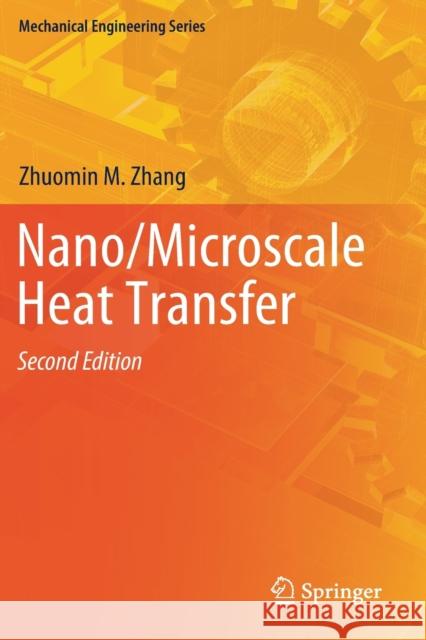Nano/Microscale Heat Transfer » książka
topmenu
Nano/Microscale Heat Transfer
ISBN-13: 9783030450410 / Angielski / Miękka / 2021 / 761 str.
Nano/Microscale Heat Transfer
ISBN-13: 9783030450410 / Angielski / Miękka / 2021 / 761 str.
cena 342,95
(netto: 326,62 VAT: 5%)
Najniższa cena z 30 dni: 327,68
(netto: 326,62 VAT: 5%)
Najniższa cena z 30 dni: 327,68
Termin realizacji zamówienia:
ok. 22 dni roboczych
Dostawa w 2026 r.
ok. 22 dni roboczych
Dostawa w 2026 r.
Darmowa dostawa!
Kategorie:
Kategorie BISAC:
Wydawca:
Springer
Seria wydawnicza:
Język:
Angielski
ISBN-13:
9783030450410
Rok wydania:
2021
Wydanie:
2020
Numer serii:
000287593
Ilość stron:
761
Waga:
1.08 kg
Wymiary:
23.39 x 15.6 x 3.99
Oprawa:
Miękka
Wolumenów:
01
Dodatkowe informacje:
Wydanie ilustrowane











